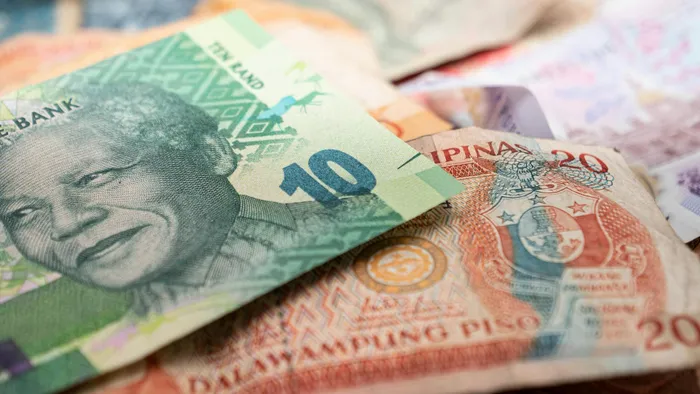Rand reacts positively to Enoch Godongwana’s budget announcement

Shortly after Finance Minister Enoch Godongwana’s speech in Parliament this afternoon, the rand was trading at R17.10. This was followed by a gain to just above R17.
Image: Pexels
The rand reacted positively to Finance Minister Enoch Godongwana’s medium-term budget policy statement – often called the mini budget.
Shortly after his speech in Parliament on Wednesday afternoon, it was trading at R17.10. This was followed by a gain to just above R17.
The current rate is sharply down from its one-month peak on November 5 of R17.55.
Wichard Cilliers, Head of Market Risk at TreasuryONE said that South Africa is tightening its belt but doing so with a more optimistic outlook for growth, inflation, and debt.
“This has further supported the rand, currently trading around R17.10,” he said.
Among Godongwana’s announcements was that the inflation target would be lowered to 3%, with a 1 percentage point band to provide “flexibility to accommodate any unexpected inflationary shocks”.
The minister also said this would boost long-term economic growth, with gross domestic product (GDP) expected to settle at 1.2% this year, more than double that of last year.
In the second quarter, GDP was 0.8%.
Godongwana’s expectations are in line with those of most economists.
Infrastructure focus
Government will also be reconsidering how to lower the cost of mobility and rework the institutional framework.
“Commuter rail is the backbone of our public transport system,” said Godongwana.
The Passenger Rail Association of South Africa is making some progress in revitalising the rail system moving, 11.8 million passengers in 2022/23 to 116 million last year, the minister said.
Godongwana also noted that other key infrastructure aspects were improving, such as loadshedding dropping significantly. In addition, the rail and port systems are showing signs of improvement.
Government will also ensure that “investment in water infrastructure addresses the problem of maintenance and old infrastructure”.
Godongwana said the public transport network grant was being scaled down.
“The grant has failed to meet the objective, and some cities have failed entirely to get the projects off the ground,” he said.
Stable debt
In addition, government debt will stabilise at 77.9% of GDP in 2025/26, the first time since the 2008 financial crisis that public debt will not grow as a percentage of GDP.
“Since 2008, spending has consistently exceeded revenue, driving up debt and debt-service costs,” said Godongwana.
Dr Elna Moolman, Standard Bank Group head of South Africa Macroeconomic Research said the “single most important feature of this fiscal statement was the preservation of the debt-GDP peak this year, followed by a gradual downtrend”.
Moolman added that the “preservation of the debt-GDP peak this year should be positive for South Africa’s sovereign credit ratings insofar as it confirms government’s commitment to fiscal consolidation”.
Debt service costs crowded-out spending on critical services and exerted pressure on lending rates across the economy, the minister added.
“But we are now turning this around. This year, revenues will exceed the budget estimates by R19.3 billion,” Godongwana said.
South African Revenue Service (SARS) Commissioner, Edward Kieswetter, expressed the agency’s support of the minister’s statement, which charts a clear and pragmatic roadmap for South Africa’s fiscal sustainability.
By the end of September 2025, SARS reported year-on-year growth of R78.6 billion and an overall surplus of R18 billion against the printed estimates.
“Nearly 50% of the better than estimated performance came from compliance efforts,” it said.
The agency also said it had made refund payments of R232.9 billion.
IOL Business
Get your news on the go. Download the latest IOL App for Android and IOS now.
Related Topics: